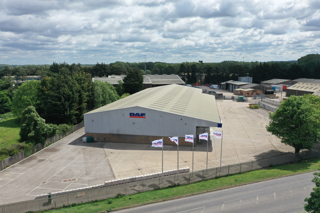Wholelife costs for new cars are set to increase as manufacturers reduce the service intervals for the latest WLTP-approved diesel models.
The ‘hidden costs’ of WLTP have been identified by Fleet Assist. Its analysis found that during a typical three-year/60,000-mile or four-year/80,000-mile contract, a diesel car was likely to require one additional service.
Service interval reductions vary across motor manufacturers - and many cars are subject to flexible servicing intervals impacted by driving and journey profile - but they are typically of the order of 2,000-5,000 miles, although on some models a service interval reduction of 8,000 miles has been identified by Fleet Assist.
Chris Crow, head of network and technical services, Fleet Assist, said: “Manufacturers are adopting different strategies with regards to vehicle service intervals post-WLTP regulation testing and that information is gradually bring provided to us.
“Nevertheless, a clear general trend is emerging and that is that some diesel cars - as well as vans as they become subject to WLTP testing - look as though they will require more frequent servicing typically due to greater oil use. That will inevitably impact on fleet servicing costs and trigger a rise in vehicle wholelife costs.
“Given the variability of service intervals across vehicle manufacturers and the influence of condition-based servicing, it is yet another issue that fleet decision-makers and maintenance managers in contract hire and leasing companies must feed into the WLTP-influenced decision-making process when selecting new vehicles.”
More rigorous servicing is due to the introduction of WLTP and related Real Driving Emissions (RDE) test, which results in increased strain on a vehicle’s engine. That increased strain and subsequent reduced oil life has resulted in a cut in the maximum oil change interval. Petrol engined cars are not similarly affected as they use different after treatment systems.
Customer service bookings were, said Fleet Assist, ‘significantly’ up year-on-year in the final quarter of 2018 and that trend remained in the first quarter of 2019 as the delivery of new cars continued to be delayed by WLTP testing protocols.






















Login to comment
Comments
No comments have been made yet.